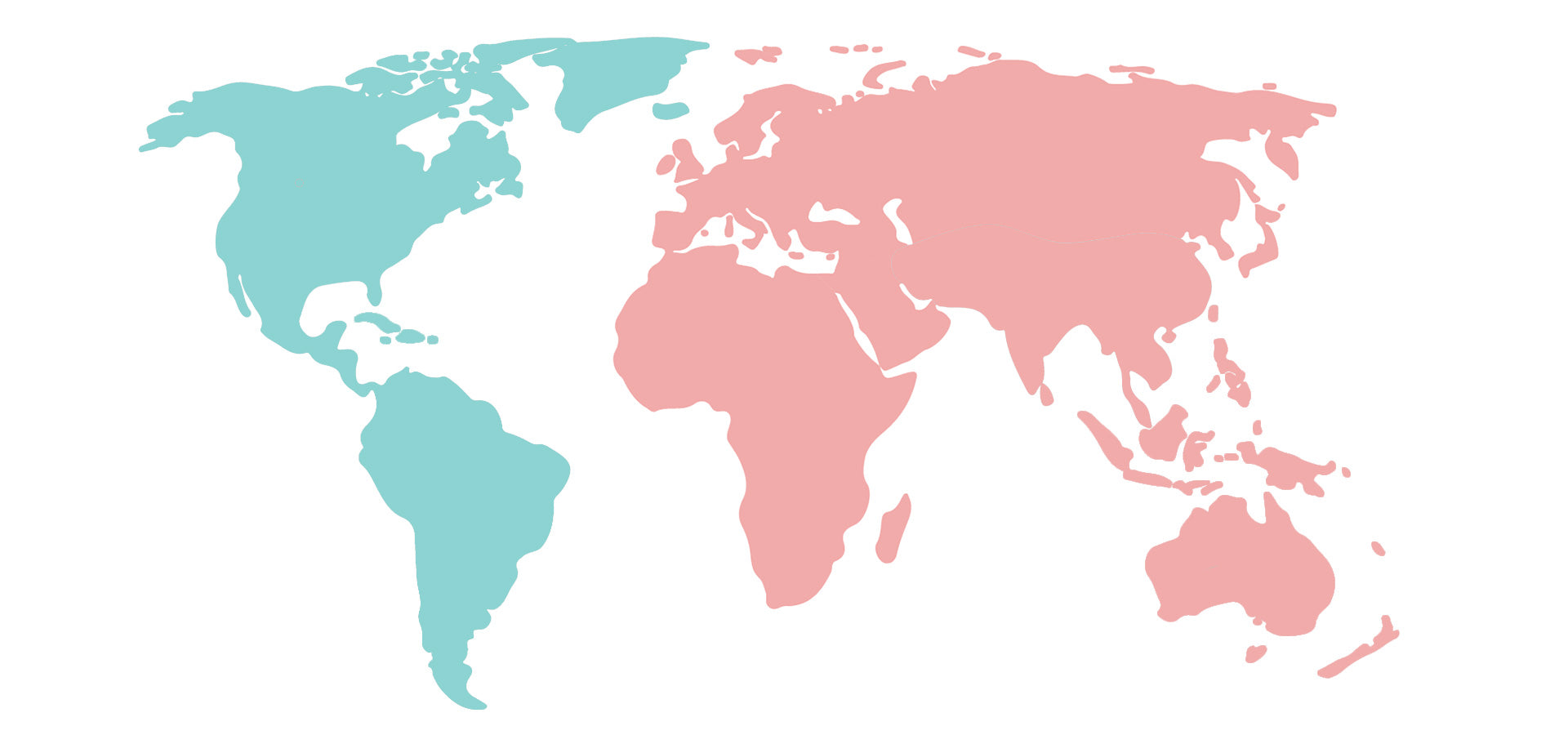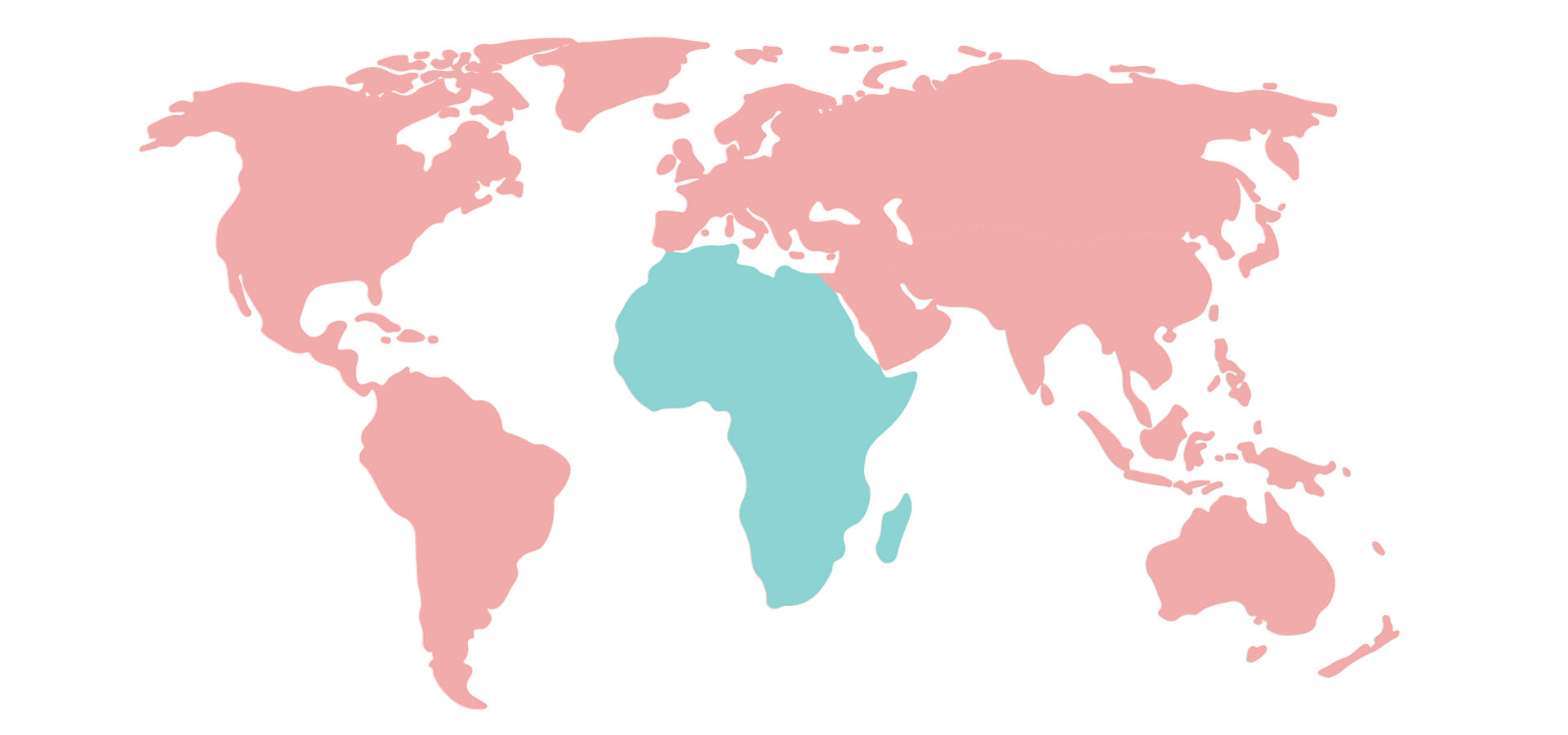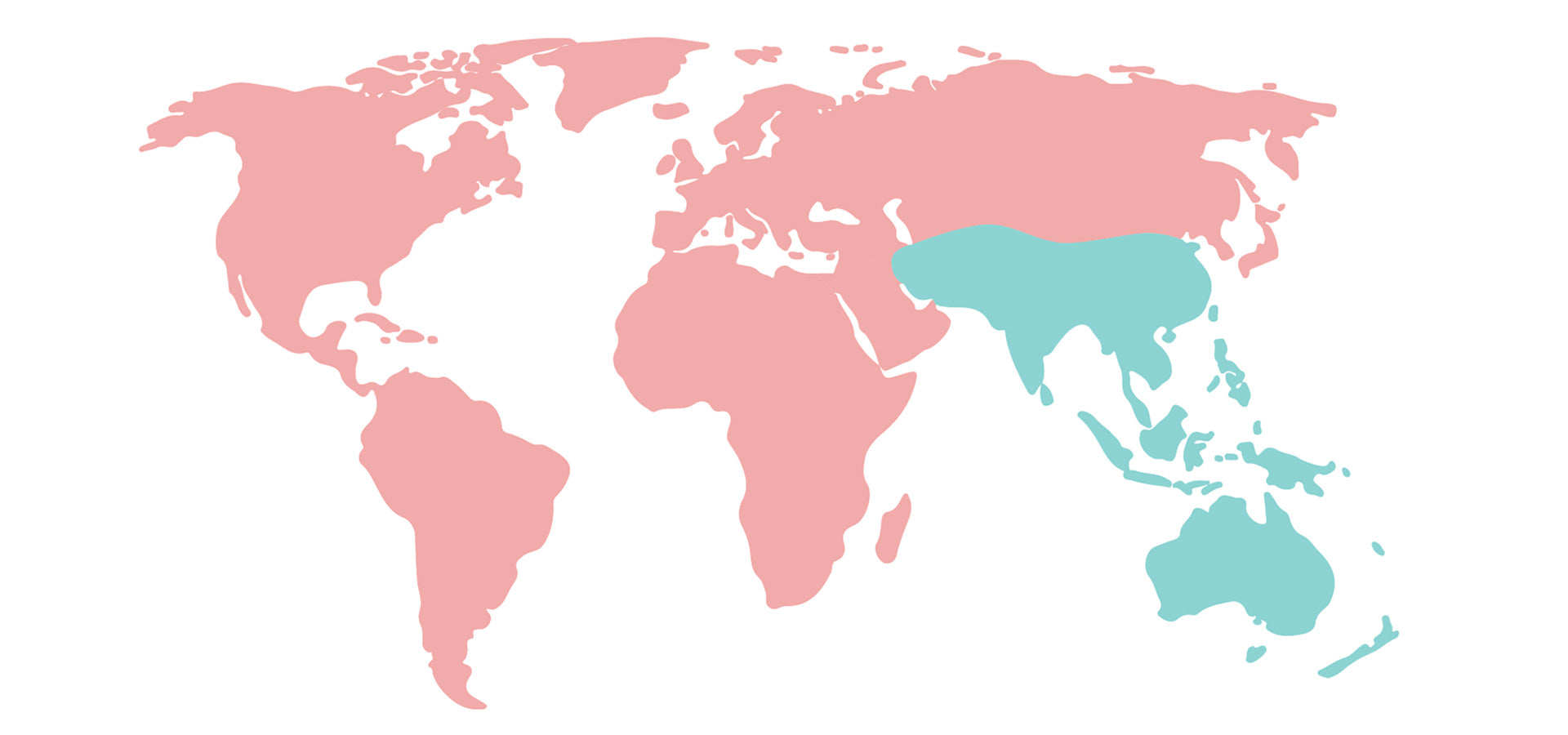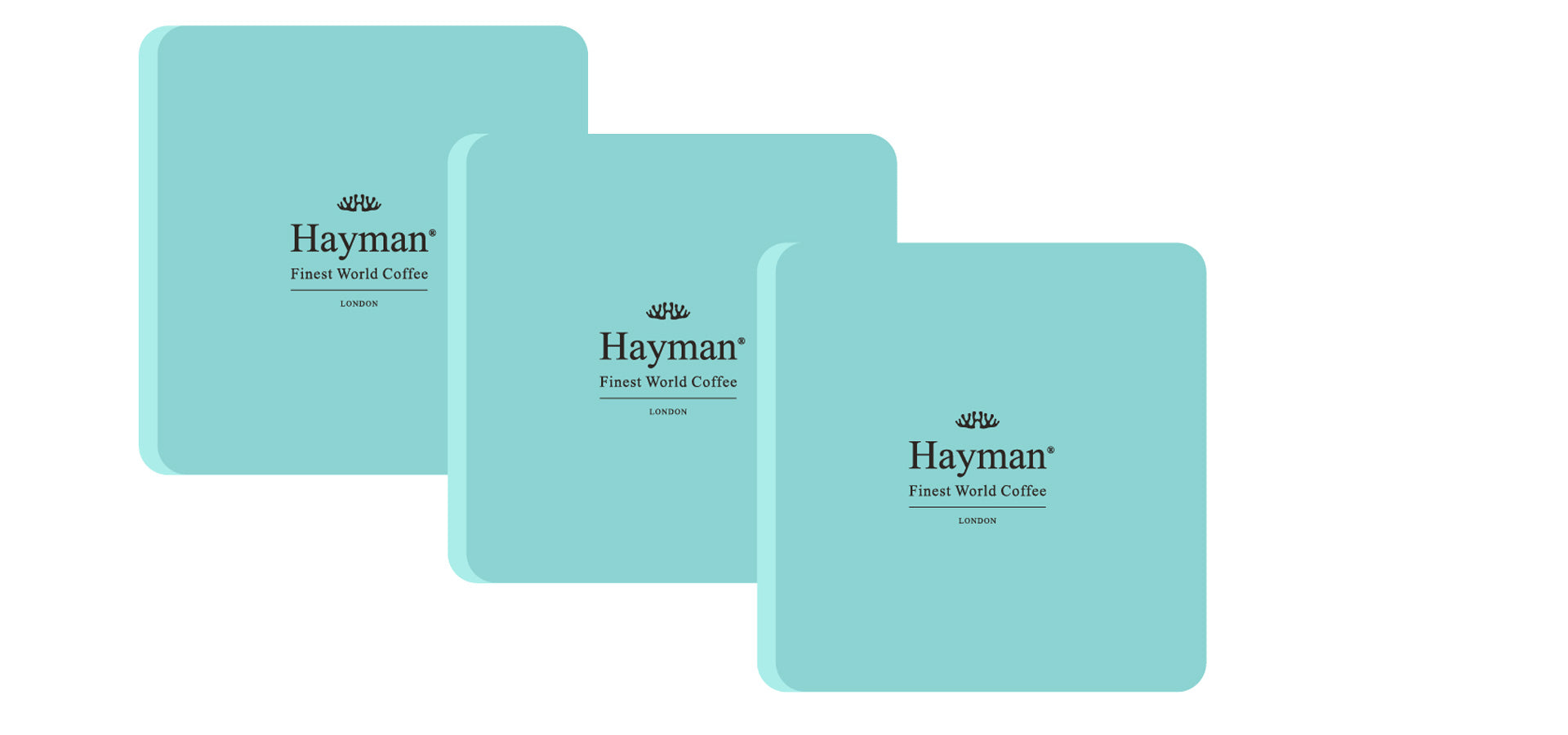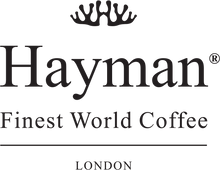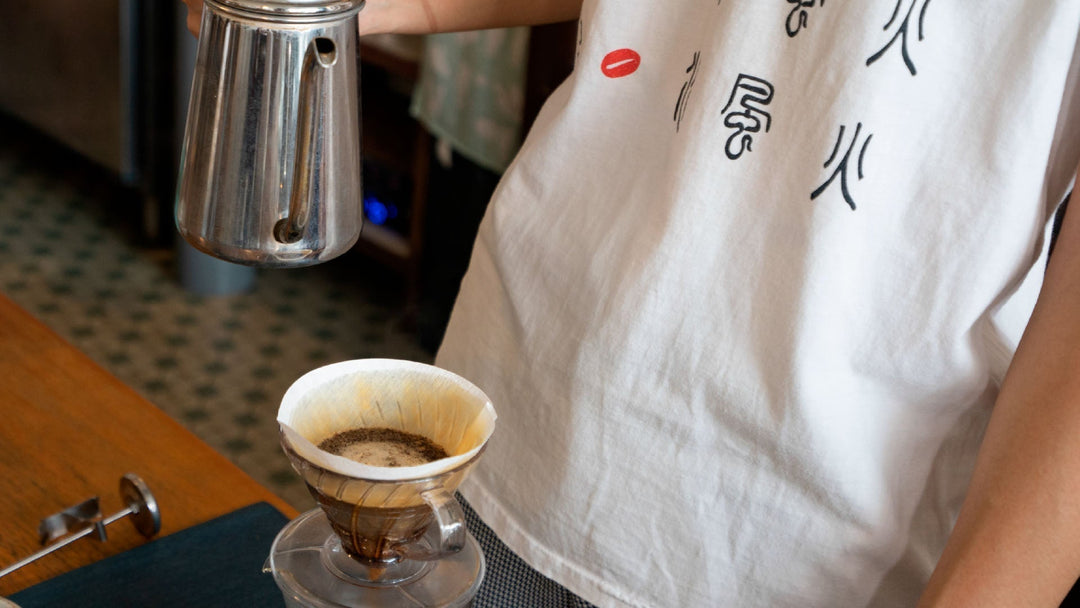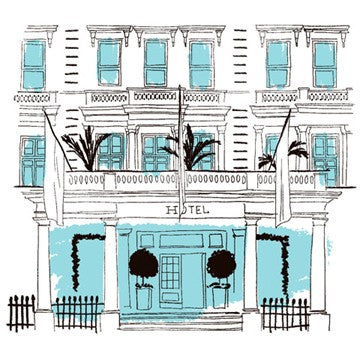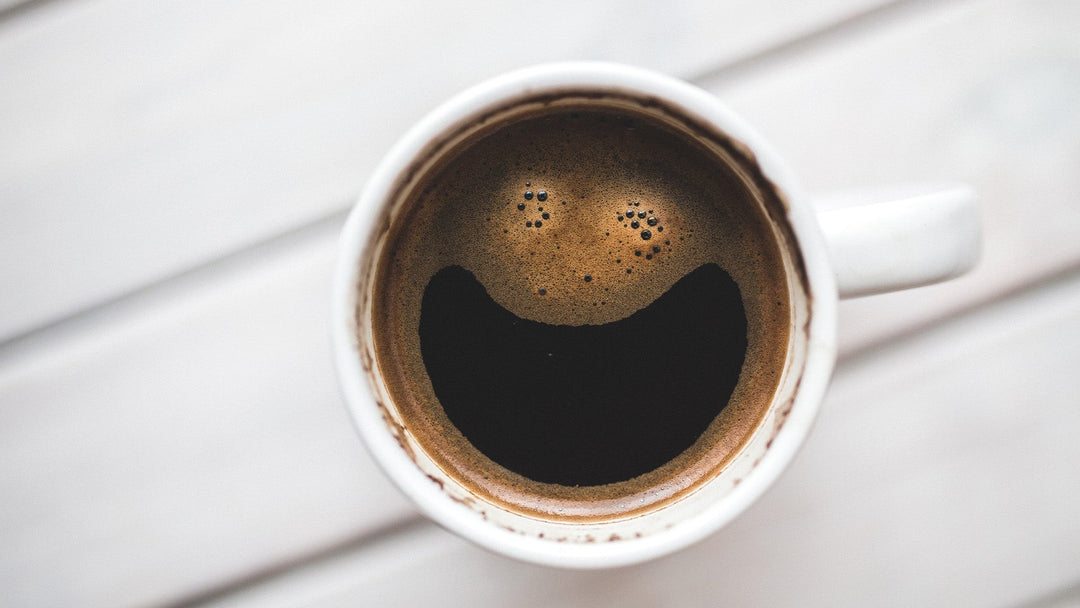How to Make the Best Drip Coffee at Home

What represents a ‘perfect’ cup of coffee is, to an extent, purely a case of personal opinion. What some would consider to be a fantastic cup of coffee may be considered too bland, bitter or boring by someone else.
Nevertheless, it’s also true to say that there’s a right way and a wrong way to approach each specific brewing method. Drip coffee is no different - despite the fact that the machine does practically everything on your behalf.
In this instance, we’ll be assuming that you have a drip coffee machine with adjustable settings and intend to grind your own beans. If you’re more in the habit of throwing low-grade grounds in random quantities into your drip coffee maker and simply hitting the button…well, let’s just say you can’t expect much in return!
The Water
Contrary to popular belief, the quality of the water you use when brewing drip coffee is just as important as the quality of the coffee itself. It’s not to say you cannot brew a decent cup of coffee with tap water, but it’s worth remembering that tap water quality and flavor can be completely different from one household to the next.
For the record, distilled water is best avoided as it lacks the minerals needed to produce a delicious and multi-dimensional cup of coffee.
Stick with filtered water where possible, unless you have a machine that filters the water as part of the process. Spring water is also great, due to its consistent balance of key minerals.
The Grind
Grinding your own beans is essential, due to the way in which essential oils and compounds begin to deteriorate the moment the beans are ground. In terms of grind size, there’s a certain amount of experimentation involved to prevent over-extraction or under-extraction.
On the plus side, getting grind size right on the money with drip coffee isn’t nearly as essential as it is with say espresso coffee or French press coffee. And if the coffee produced is too weak, simply grind your beans a little finer next time you brew.
Brewing Temperature
To brew an outstanding cup of drip coffee, you need to aim for a water temperature between 91° C (i.e. 195° F) and 96° C (205° F). If the water is any cooler or warmer when it comes into contact with the grounds, it won’t achieve optimum extraction.
Most drip coffee makers are designed to heat water to this ideal temperature range, but there are also some that have adjustable temperature settings.
Coffee to Water Ratios
Trial and error will definitely play a role in determining how much coffee you should be using in accordance with water quantities. As a general rule of thumb, it’s recommended to stick with 11-12 grams (i.e. approx. 0.4oz or 2 tablespoons) of quality ground coffee for every 180 ml of water.
Use this as something of a starting point and take it from there, altering the ratios accordingly to suit your tastes.
Brewing Time
Last up, brewing times vary in accordance with the type of machine being used and the amount of coffee being brewed at the time. However, a brewing time of around 5 minutes in total is about the average.
If it is taking much longer than this to brew your coffee (or the water is pouring through too quickly), you may need to adjust the size of your grounds.
At Hayman’s online store you can find outstanding coffees, including Jamaican Blue Mountain coffee, the best Kona coffee Hawaii, and Panama Geisha coffee beans (also called Gesha coffee), which are all excellent as drip coffee! Last but not least, we offer free worldwide shipping – click here to order today!
